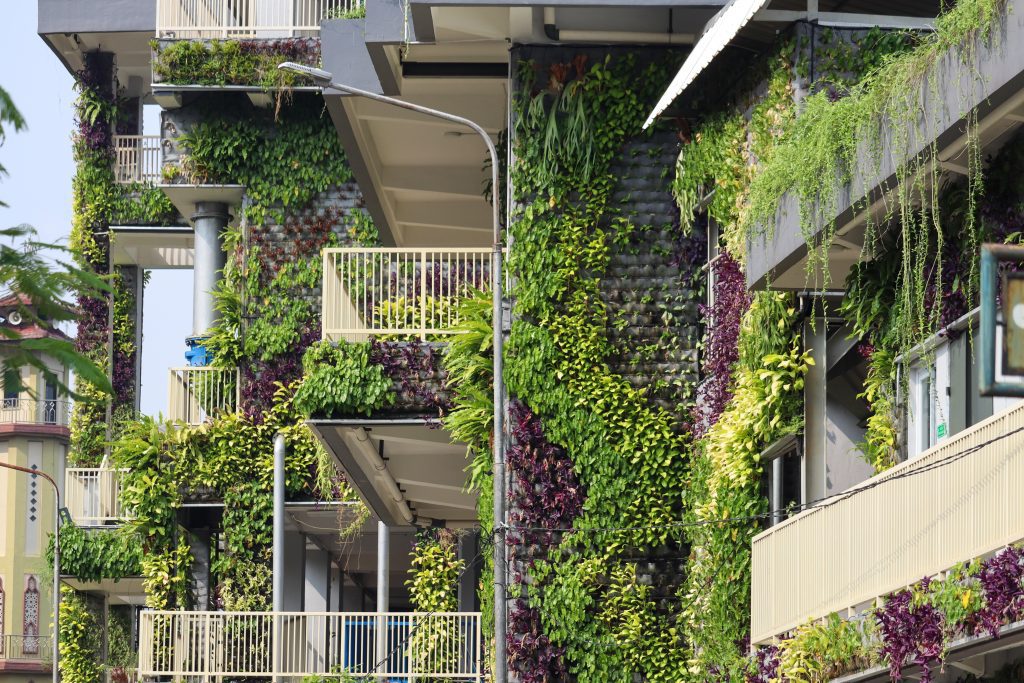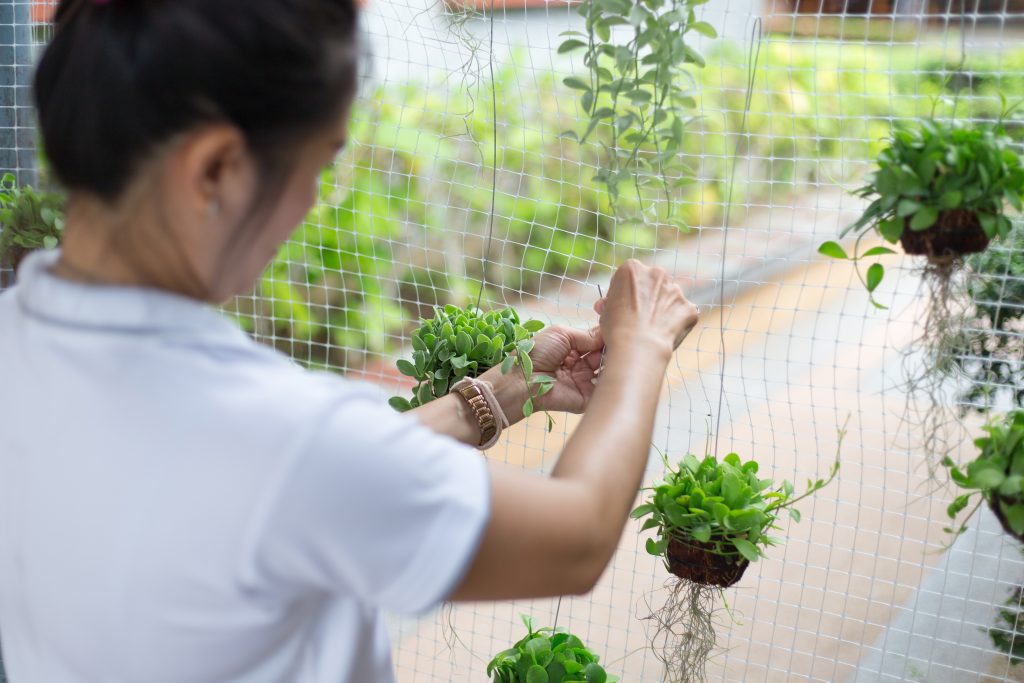Elevating Spaces with Living Green Walls: The Art of Vertical Gardening
In the heart of urban jungles, where concrete and steel dominate the skyline, the emergence of living green walls stands as a testament to the ingenuity of modern landscaping. These vibrant installations, also known as vertical gardens, are more than just an aesthetic marvel; they are a revolution in how we interact with nature within built environments. By incorporating living green walls, buildings are transformed, breathing life into the bland facades and interiors and turning them into unique living spaces.

Vertical gardens are at the forefront of eco-friendly design, offering a plethora of benefits beyond their beauty. They serve as natural air filters, purifying the air indoors and reducing harmful pollutants. This contributes to a healthier environment for occupants, which is especially beneficial in cities where air quality is often compromised. Additionally, living green walls contribute to the thermal regulation of buildings. They provide insulation that can cool a building’s interior during hot seasons and retain warmth when temperatures drop, ultimately reducing energy consumption and costs.
The psychological impact of these lush installations cannot be overlooked. In an era where urbanization can often lead to a disconnect from nature, vertical gardens provide a much-needed green respite that can enhance mental well-being. Studies have shown that exposure to greenery reduces stress, boosts mood, and increases productivity, making these living walls not just visually appealing but also conducive to a happier and more productive environment.
The versatility of living green walls is one of their most appealing features. They can be tailored to fit any space, regardless of size or shape, and can be installed both indoors and outdoors. With a wide variety of plant species to choose from, each wall can be customized to fit the specific light and climate conditions of a space, as well as the aesthetic preferences of the building owner or manager.
Sustainability is at the heart of living green walls. By utilizing vertical space for plants, which would otherwise be unused, these gardens encourage biodiversity in urban areas. They provide habitats for birds and insects and can be part of a strategy to mitigate the urban heat island effect, which plagues many cities.

In conclusion, living green walls offer an innovative solution to beautify and revitalize dull spaces while contributing positively to the environment and the well-being of people. As an intersection of art, nature, and architecture, they symbolize a growing trend in design that seeks to harmonize urban living with the natural world. As more buildings adopt this green revolution, our cities will not only look more appealing but will also become healthier and more sustainable places to live.
